Since its launch in November 2022, numerous authorities have raised concerns about the risks posed by OpenAI’s ChatGPT technology. In March, Italy’s Data Protection Agency took the extraordinary step of banning ChatGPT within the country over concerns about consent and personal data privacy.
Ironically, this one-month ban may have provided the strongest evidence to date of the technology’s transformative impact on business and the economy.
Capitalizing on this rare natural experiment opportunity, researchers at Olin Business School at Washington University in St. Louis and the National University of Singapore examined changes in the relative stock market valuation of Italian firms across multiple industries during the one-month ban to assess the ban’s consequences and generative AI’s overall value.
Their findings—published in a working paper, “Capital Market Consequences of Generative AI: Early Evidence from the Ban of ChatGPT in Italy”—show the ban’s impact was twofold: Not only did the ban negatively impact firm productivity, it also impacted investor behavior.
“Not since the introduction of the internet has a technology so quickly transformed how businesses operate and compete. What’s remarkable is that it’s easy and cheap to adopt, helping small, underdog businesses compete with much larger firms without making heavy investments in infrastructure or human capital,” said Jeremy Bertomeu, an associate professor of accounting at Olin Business School.
Measuring ban’s impact on businesses
Across the globe, businesses have leveraged AI generative technology to optimize processes that previously required significant labor and infrastructure support. Not surprisingly, the researchers found early adopters — including firms that provide professional, scientific and technological services — were hardest hit by Italy’s temporary ban.
According to the data, Italian firms in these high-exposure industries experienced an average negative return of 8.7% compared with similar European stocks during the monthlong ban.
They also found evidence that the ban had a greater impact on newer and small Italian businesses. Compared with larger, more established Italian businesses, these firms underperformed by 6.8-7.1%, respectively.
“The negative market reaction indicates that new, small and tech-savvy businesses benefit the most from generative AI because it allows them to reduce the information advantages held by larger incumbent firms and narrow the competitive gap.”
How the ban impacted investors, businesses’ bottom line
Because the goal of the research was to understand the capital market consequences of the ban, it was also important to assess how the ban influenced investor behavior.
“ChatGPT transforms the investment landscape by providing investors, especially small investors, with a conversational and interactive platform to gather insights and navigate the complexities of the financial market,” Bertomeu said.
The research showed that the loss of this investment tool led to an increase in information asymmetry during the ban. The effect was greatest for firms with fewer institutional investors, limited analyst coverage and a lower presence of foreign investors — which would still have access to AI technology during Italy’s ban.
As a result of this information asymmetry, bid-ask spreads — the difference between the highest price a buyer will offer and the lowest price a seller will accept — widened during the ban and firms suffered decreased liquidity.
“In the EU, it is unlikely that other countries will follow suit with a ban, but regulators in France, Germany, Spain, among others, met to discuss whether AI complies with EU privacy laws, and this could lead to future restrictions on the technology,” Bertomeu said.
A cautionary tale
In the short time since its launch, generative AI technology like ChatGPT has revolutionized businesses worldwide, providing a powerful tool for innovation and creation. Its influence on businesses worldwide will only continue to grow.
‘Regulatory policy should always be based on careful cost-benefit analyses and public input. Our data demonstrate what can go wrong when regulators skip these fundamental steps.’
Jeremy Bertomeu
Yet, simultaneously, governments worldwide are grappling with potential security threats and ethical concerns related to technology. Bertomeu hopes the early evidence presented in this case study will offer a cautionary example of the potential consequences of regulating AI.
“No one asked the Italian regulatory agency to ban ChatGPT, but they did it anyway without any consultation of affected parties or elected officials,” Bertomeu said. “Regulatory policy should always be based on careful cost-benefit analyses and public input. Our data demonstrate what can go wrong when regulators skip these fundamental steps.”
Bertomeu’s co-authors include Yibin Liu, Yupeng Lin and Zhenghui Ni, all from the National University of Singapore.



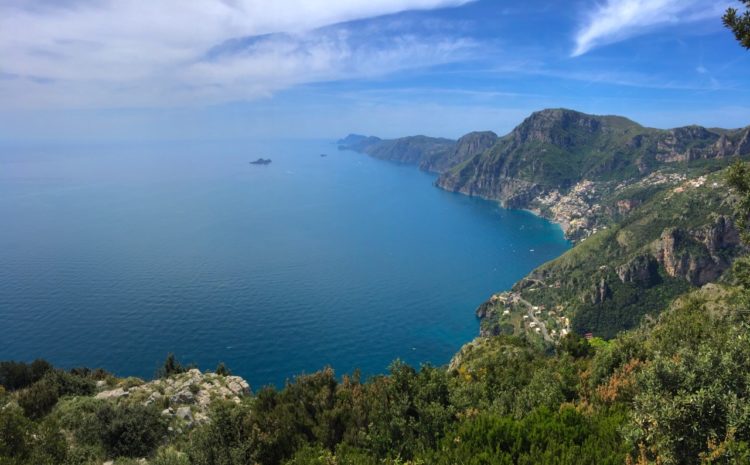
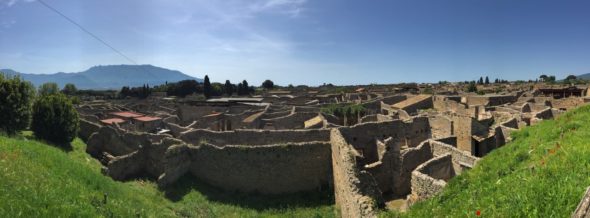

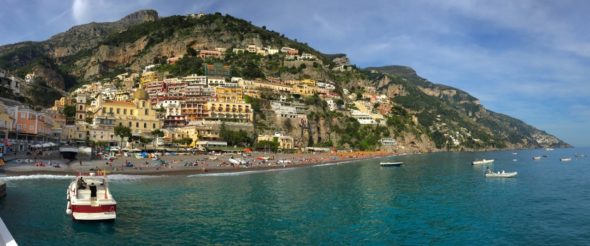


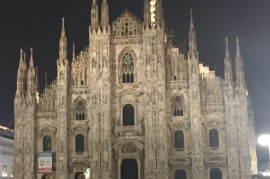


 The tour began in the most hallowed of places: the parmesan storage warehouse. Here, artisan-crafted wheels of parmesan (400,000 in total) are aged for 24-30 months to develop the right taste and consistency of one of Italy’s most well-known cheeses. Like many of the traditional products made in Italy, the production and quality assurance of protected designation of origin (PDO) products like Parmigiana-Reggiano is overseen by a consortium. The consortium is responsible for protecting the designation of origin and preserves the cheese’s authenticity and rich history of production by guaranteeing the process followed by the area’s independent producers.
The tour began in the most hallowed of places: the parmesan storage warehouse. Here, artisan-crafted wheels of parmesan (400,000 in total) are aged for 24-30 months to develop the right taste and consistency of one of Italy’s most well-known cheeses. Like many of the traditional products made in Italy, the production and quality assurance of protected designation of origin (PDO) products like Parmigiana-Reggiano is overseen by a consortium. The consortium is responsible for protecting the designation of origin and preserves the cheese’s authenticity and rich history of production by guaranteeing the process followed by the area’s independent producers. Local cheese-makers prepare the cheese in 40kg wheels that are inspected by the consortium and marked with the inscription “Parmigiano-Reggiano” around the rind. Each wheel is also stamped with the month of preparation, the number identifying the workshop where the cheese was produced, and the consortium’s official seal (pictured at right). Then the deliciously crafted masterpieces are collected for aging.
Local cheese-makers prepare the cheese in 40kg wheels that are inspected by the consortium and marked with the inscription “Parmigiano-Reggiano” around the rind. Each wheel is also stamped with the month of preparation, the number identifying the workshop where the cheese was produced, and the consortium’s official seal (pictured at right). Then the deliciously crafted masterpieces are collected for aging.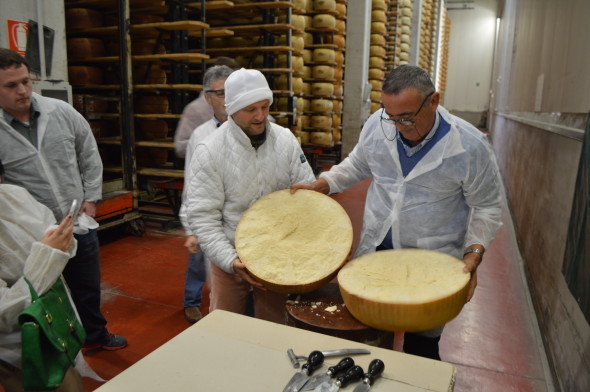 When the cheese has aged for over 2 years, experts check each wheel with a small hammer, training their connoisseurs’ ears on the sound and reverberations of the cheese. Our hosts showed us the inside of a wheel of cheese and discussed the different textures and uses for the various parts: cheese on the outside of the wheel is harder and better suited for grated products. Cheese in the middle is higher-quality and better used for cheese wedges like those found in your local grocery, or in my opinion, best used for immediate consumption. One of the many highlights of the visit was the moment when our hosts pulled a wheel down and split it open just for us to taste.
When the cheese has aged for over 2 years, experts check each wheel with a small hammer, training their connoisseurs’ ears on the sound and reverberations of the cheese. Our hosts showed us the inside of a wheel of cheese and discussed the different textures and uses for the various parts: cheese on the outside of the wheel is harder and better suited for grated products. Cheese in the middle is higher-quality and better used for cheese wedges like those found in your local grocery, or in my opinion, best used for immediate consumption. One of the many highlights of the visit was the moment when our hosts pulled a wheel down and split it open just for us to taste.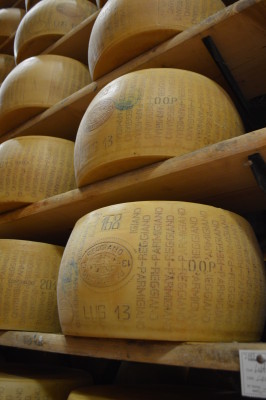 When the cheese is ready and its quality has been assessed, it enters the packaging facility where it is cleaned, carved, weighed, and packaged. There is very little waste in this facility because the entire wheel can be used. Pieces that are rejected by quality assurance for improper sizing or breakage are sent to the grating room where they can be finely grated into the table parmesan that can be found in virtually every restaurant, and especially pizza parlor, in Italy.
When the cheese is ready and its quality has been assessed, it enters the packaging facility where it is cleaned, carved, weighed, and packaged. There is very little waste in this facility because the entire wheel can be used. Pieces that are rejected by quality assurance for improper sizing or breakage are sent to the grating room where they can be finely grated into the table parmesan that can be found in virtually every restaurant, and especially pizza parlor, in Italy.